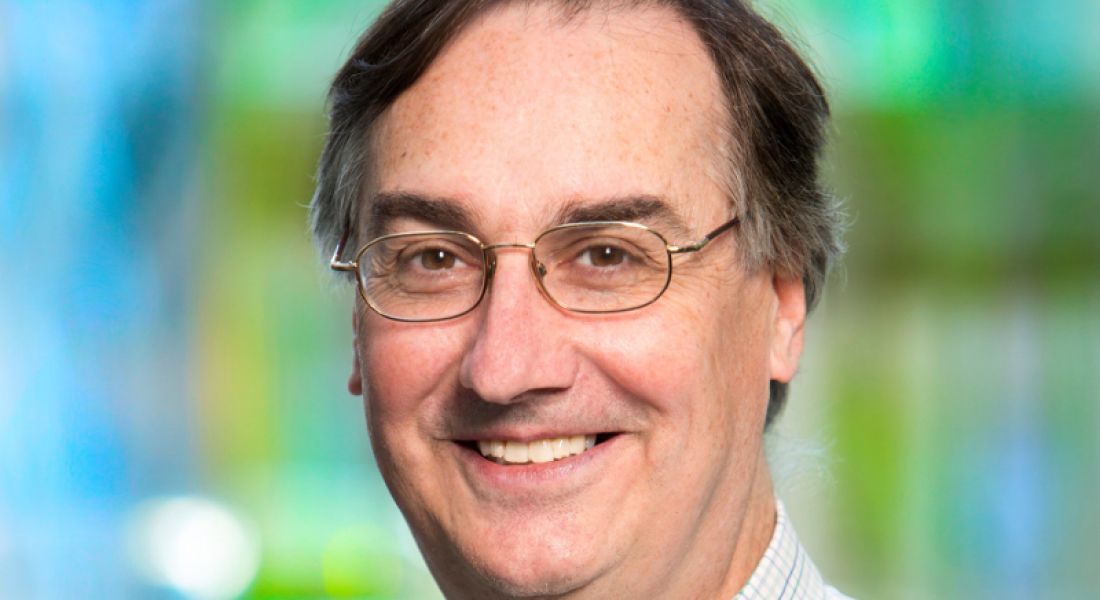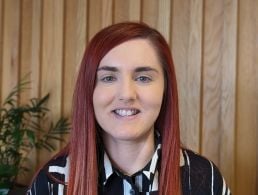So you’ve decided you want a career in research. What’s your next step?
As someone just taking their first steps in their professional life, it can be hard to know what to expect, and what path you should take to find success.
Here, Jim Greer, a researcher and educator at the Cork-based Tyndall National Institute, gives us some insight into how his career developed and grew, and what brought him to where he is now.
What first stirred your interest in a career in engineering?
I grew up just a few miles from Texas Instruments, where the first integrated circuit was invented. My parents didn’t work there, but a lot of kids in the neighbourhood had moms or dads who did. So, earning a living as a technician or engineer was something commonplace.
As a youth, I was interested in music and the idea of understanding what was behind music production appealed to me, and I thought it would be fun to understand how amplifiers and sound systems worked. So when I went to university I was drawn to electrical engineering.
What led you to the role you now have?
I have worked in industry or university research labs since I was about 19-years-old. When I started out at university, I first worked in a petroleum engineering lab – I basically cleaned up and ran errands for the research staff.
I then got a job directly in the university working in a zoology lab. They were investigating how a bat’s brain processed sound to perform echolocation. I got to design audio amplifiers, mixers and switching circuits for their experiments, so I did get to learn about audio engineering, but at frequencies too high for humans to hear. I learned a lot of practical design in the lab and it made the more abstract presentation in the university courses somehow more real and relevant.
Once I graduated, I was offered a job at Mostek, a company that was making chips for the first generation of personal computers.
This was a really exciting time in the semiconductor industry and they just threw me in at the deep end. I was responsible for redesigning a couple of computer chips and, at the same time, would be called in to ‘fight fires’ when things would go wrong in production. The experience was an eye-opener for me and I had to learn how to deal with all kinds of people. There were huge responsibilities but also a tolerance when I made mistakes – in fact, looking back at it, they expected me to make mistakes to learn and grow in the role.
I also ended up working at Texas Instruments for a couple of years. It was a bigger company and my role was slightly different. I began focusing on transistors and the physics of how they operated. We would then develop computer models for the design teams. This sparked my interest in learning more physics in addition to my engineering background.
I wanted to go to Europe for a while and I wanted to get further education in physics. So I did both, and spent a year in Trinity College Dublin, had a great time, got a master’s and even met my future wife. It was a good year.
After that, the opportunity arose to pursue a PhD in Germany and I thought to myself, why not? I was naïve. I had no German and didn’t really know what studying for a PhD meant. I picked up a little German and a PhD in physics, so it worked out okay.
I then spent five years at Trinity College in Dublin as the Quatercentenary Lecturer. This was a position that Hitachi Corporation funded as a gift in celebration of the college’s 400th anniversary. It was a great opportunity for me, I got experience teaching physics, chemistry and mathematics students, I had complete freedom in selecting my research programme, and I had a stint in Japan at Hitachi Central Research Labs.
An opportunity then arose to move to Cork and work at the National Microelectronics Research Centre (NMRC), now known as the Tyndall National Institute.
Working at Tyndall is ideal for me. It allows me to combine academic curiosity with addressing real-world problems, through working with industry partners. There are excellent facilities, an outstanding group of researchers, graduate students and support staff, and we work with global leaders in industry and academia. It has been a winding path leading to working at Tyndall, but it seems natural to end up at the institute as it presents an environment for me to make excellent use of my previous experiences.
What were the biggest surprises or challenges you encountered on your career path?
Pretty much everything I have done has thrown up surprises. Nothing was really what I expected, but that doesn’t mean it was disappointing.
Basically, I was always open to a challenge and I was willing to put in long hours to catch up on stuff I didn’t know. If I were to look at the challenges I have encountered and to summarise, I would say research is about taking on challenges head on, and trying to think of ways to overcome or to go around obstacles. And knowing when to draw a line under something and move on.
On the company side, I think it is important to remember the overall goal of your employer. If it is selling circuits, or providing research solutions, whatever, it is very important to work to the overall goal of the organisation while making sure you are continually learning in the process.
Was there any one person who was particularly influential as your career developed?
I couldn’t pin this down to one person – there have been many.
I would mention George Pollak, who was the zoology professor who gave a young kid who knew nothing the chance to work in his lab and to find out that research can be fun.
Professor Fry was my master’s supervisor, and he instilled in me the importance of scientific rigour, and that to question and verify is essential.
And my PhD supervisor, Professor Hertel, helped me realise that, in research, no one knows the answers, and you have to be willing to try things, fail, try again, and that eventually a new picture or understanding emerges.
What do you enjoy about your job?
I very much enjoy the research side – understanding how things work and understanding how to make that understanding useful. Useful can be through a new engineering application, through education, or simply as a stepping stone for future research questions.
I also like the challenges that our industry partners give us. They constantly remind me that an idea or prototype is interesting, but only becomes useful in their world if it can withstand the criteria imposed by manufacturing and commercialisation.
I also very much enjoy looking at our institute from a distance and envisioning how it can grow and better serve its mission of extracting impact from excellent research.
What aspects of your personality do you feel make you suited to this job?
I am stubborn and maybe even stray into obstinate. This can be an important trait when tackling a design or research problem. You have to take it personally and think to yourself, “I can do this. This is not going beat me”.
How did Tyndall support you on your career path?
A defining feature of my experience at Tyndall is the freedom to develop an area or idea. This requires you to find the resources and build the team to accomplish the work, but the support to obtain funding and manage research projects is there. And there are plenty of people willing to share experiences and to help.
What advice would you give to those considering a career in this area, or just starting out in one?
Listen to colleagues when they are encouraging and ignore colleagues when they are discouraging. Most of the ideas I have seen take wing and fly during my career had more naysayers at their inception than cheerleaders. Expect that. It is human nature.
Do not underestimate the need to clearly communicate internally to colleagues and externally to stakeholders. Like it or not, we are all selling something, be it an idea, a service, a product, or even your own talents and abilities.
It is not always easy with pressures of modern business and the world in general, but try to have fun at work. It is possible.
Looking for jobs in tech or science? Check out our Featured Employers section for information on companies hiring right now.




